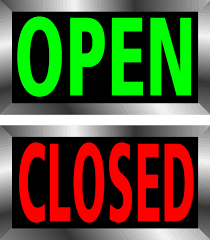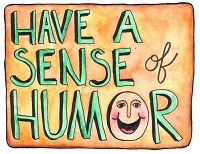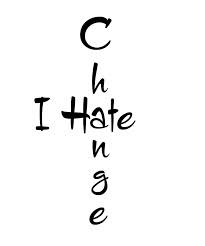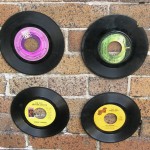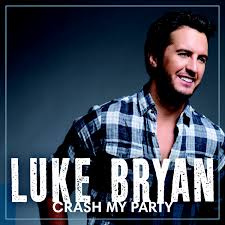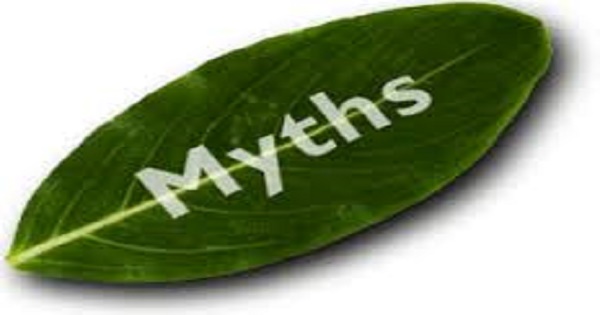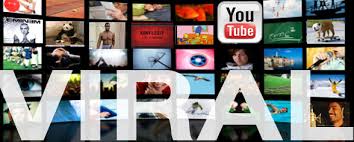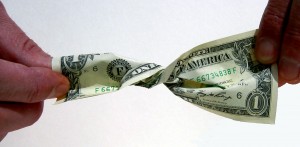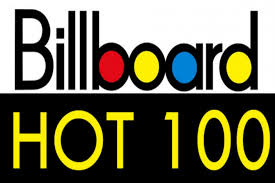My good friend Wade Sutton sent me a link to a video of the amazing John Cleese (from the Monty Python comedic team) giving a speech on creativity. I was blown away. The video is 36 minutes but I highly recommend watching it because it’s worth it.
I thought an article on some creative exercises would be a nice follow up to my last article which discouraged being derivative.
Here’s the breakdown on Cleese’s speech until you have time to view it.
Creativity is NOT a talent, it’s a way of operating.
Creativity is NOT an ability that you either have or do not have, again, it’s a method of operation.
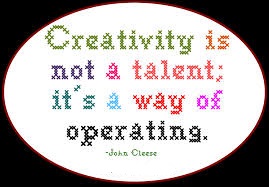 Creativity is NOT in any way whatsoever attached to your IQ.
Creativity is NOT in any way whatsoever attached to your IQ.
In the 1970’s Donald Wallace McKinnon extensively researched the mysteries of creativity at UC-Berkeley. McKinnon showed in investigating artists, engineers, scientists, and writers that those regarded by their peers to be “most creative†were in no way whatsoever different in IQ from their “less creative†colleagues.
McKinnon observed that the creatives had a facility for getting themselves into a “mood†or state of mind that allowed their natural creativity to surface. 
He described it as an ability to “playâ€.
He observed the playful mood as “childlike†among most of the creative people he studied. He went on to articulate that when they were childlike they were able to play or explore ideas with no practical purpose whatsoever. They were playing strictly for FUN and ENJOYMENT.
Cleese goes on to mention a separate study that breaks down the functions of people into 2 modes OPEN and CLOSED.
CLOSED – is the mode we are in most of our lives. CLOSED is where we are purposeful with our actions. We are getting it done, practical, pragmatic, businesslike, executing. This mode comes with a certain sense of anxiety, hustle, pressure, and is very results driven.
Creativity cannot happen when in the closed mode.
OPEN – is a state of creativity. Open to anything.
***NOTE*** the CLOSED mode is necessary to execute that which was created in the OPEN mode.
Here are 5 conditions that will help you get into the OPEN mode necessary for creativity to occur. Cleese offered up a disclaimer saying this doesn’t GUARANTEE you’ll get into the open mode, rather it will facilitate more consistent results.
- Space – You can’t be playful and therefore creative under your usual pressures because to cope with these stresses one must be in the CLOSED mode. You need
 undisturbed space away from your daily duties. Think of it as a creative oasis of sorts
undisturbed space away from your daily duties. Think of it as a creative oasis of sorts - Time – You need to create this oasis for a specific period of time. Having a precise starting and ending time allows you to seal yourself off from the outside world and thus, the closed mode in which we habitually operate.
- It’s easier to do trivial things that are urgent (phone calls, email, laundry, errands, etc.) than it is to do important things that are not urgent, like thinking.
- It’s easier to do little things we KNOW we can do rather than do big things we not so sure about.
- Therefore your brain will undoubtedly begin your creative time by defocusing on little things to avoid the distress of having to think. Give yourself some time and it will calm down, much like meditation.
- Because you need time to calm your brain down, don’t set aside 30 minute
 creative timeslots, rather set up a 90 minute slot. That will leave you with a solid hour of real production.
creative timeslots, rather set up a 90 minute slot. That will leave you with a solid hour of real production.
- Time – yes this is a second “timeâ€. How do you USE this oasis you’ve created?
- There is an anxiety or discomfort living without a solution to a problem like an original verse or chorus for your new song.
- Because of this many artists make a decision on the first solution they come up with to quickly eliminate the discomfort.
- The most creative professionals always “played†with a problem for much longer before they chose a solution. They were prepared to tolerate the discomfort and anxiety of not having an answer for a bit longer.
- (Are you happy with a lyric because it’s A solution or because it’s the best solution?)
- Cleese says to give your mind as long as possible to come up with something ORIGINAL.
- Confidence – Nothing will stop your creativity so effectively as the fear of making a mistake.
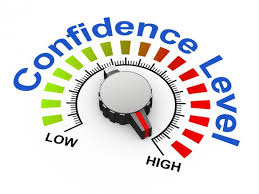
- To play is to experiment with an openness to any direction.
- You are either free to play or you are not.
- You cannot be playful if you’re frightened that moving in some direction is wrong or bad.
- You cannot be spontaneous “within reasonâ€.
- To get confidence you must know that while you’re being creative nothing is wrong. There’s no such thing as a mistake and ANY drivel could lead to the breakthrough you search.
- Humor – Gets us from the closed mode to the open mode quicker than anything else.
John goes state that if you put the “pondering time†in you will be rewarded at some point. You will receive a gift from your unconscious in the near future when you least expect it.
That means punch in y’all.
 It’s also easier to be creative with more people. However there is a very real danger that if 1 person makes you feel defensive you lose the confidence to feel playful and it’s bye-bye creativity.
It’s also easier to be creative with more people. However there is a very real danger that if 1 person makes you feel defensive you lose the confidence to feel playful and it’s bye-bye creativity.
Be careful to work with people that are positive and always be positive yourself!
Never say “Noâ€, “Wrongâ€, or “I don’t like thatâ€. Always build on what’s being said with phrases like “Would it be even better ifâ€, “Go onâ€, “What ifâ€, “Let’s pretendâ€, and “I don’t quite understand that, would you mind explaining it again?â€
Try to establish as free of an environment as possible.
If you like this post, please SHARE it and/or LEAVE A COMMENT thank you!
[ois skin=”Bottom Post”]


